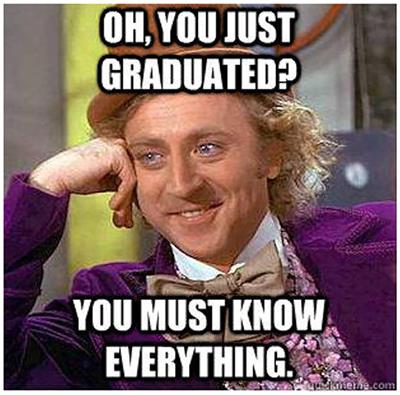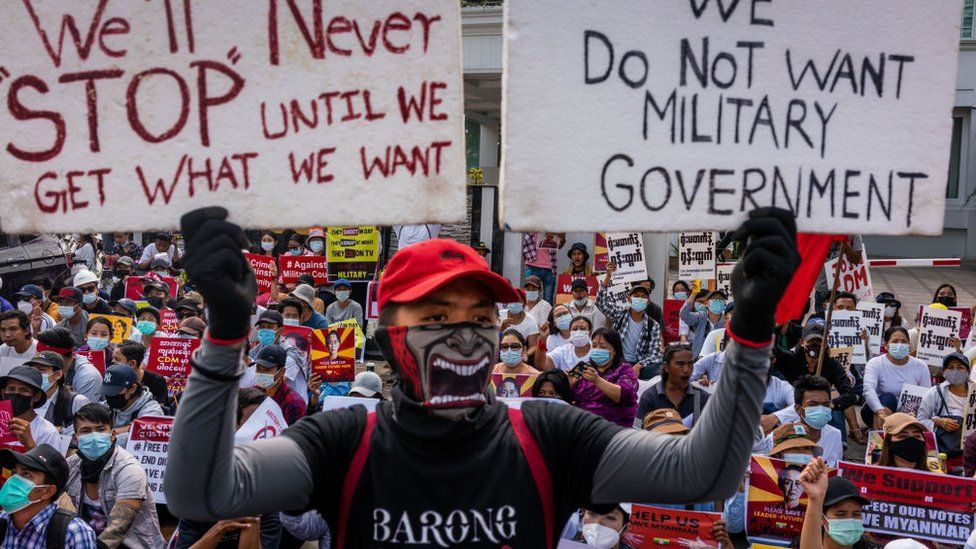Memes have become a staple in our modern internet culture. They are a simple, concise, and poignant way to convey a message. They have a massive reach as it is simple to screenshot or save an image and send it to all of your friends. Being able to throw some words on a funny picture has revolutionized how we send and receive information from everyone.
There have been many memes made about societal issues and more are being made as you are reading this post. With all of this content floating around the internet, it doesn’t take much looking to find an interesting image/video to talk about. The first of which is this meme about our education system.

Referencing our already dated and aging education system, this meme is joking about how when you graduate you are expected to know much more than you are actually taught and prepared for. A commonly used example of this is one not knowing how to do their taxes. Another example of people making memes about this discussion can be seen here:

Creating memes has become the new way to spread a message to society. Instead of relying on other people to spread the message of a problem happening within our society, one can simply find a relatable image and spread their message online to many more people. A meme’s popularity can also sway public opinion on social and political issues as well. If people see their friends sharing memes about a certain topic, they are more likely to follow along and spread the word as well.
